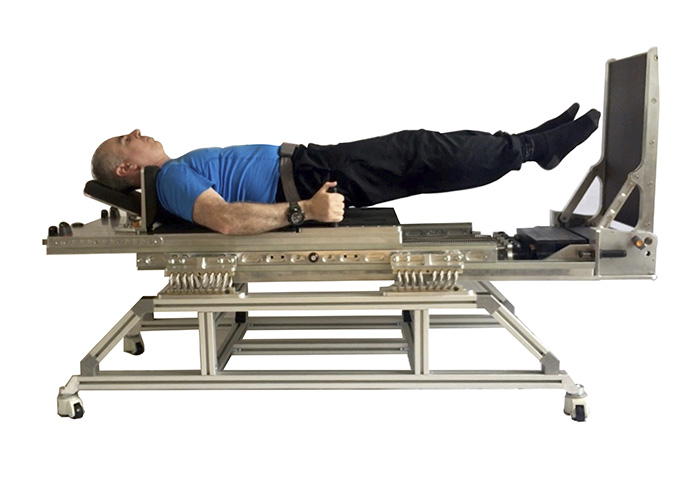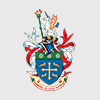
Researchers in the Faculty of Sport, Health and Applied Science (SHAS) at St Mary’s University, Twickenham have been awarded a grant from the United Kingdom Space Agency (UKSA) to study alternative forms of exercise for astronauts.
The research will be carried out in partnership with Physical Mind London and the European Astronaut Centre. It aims to test a more efficient form of exercise for astronauts on long duration human space exploration.
When astronauts are in microgravity for long periods, they experience a reduction in their body’s ability to process oxygen, and their muscles and bones lose strength. To manage this, astronauts on the International Space Station (ISS) currently spend a quarter of their working day undertaking countermeasure exercises. This uses a combination of traditional exercise methods such as running, cycling and general strength training, across three different machines. The large time and space requirements of this approach have significant implications for the future of space travel.
In a long term bed rest study last year, which simulates the weightlessness astronauts are exposed to, the European Space Agency found that alternative methods of exercise could be more efficient at reducing the negative impacts of microgravity. Participants in the study used a supine jump sled, which mimics jumping from a lying down position, for three to four minutes a day for six days a week. Using this method, they were able to avoid the loss of lower leg bone muscle density, general physical fitness, and knee extension strength. The findings from this study suggest that jumping could be an effective counter measure exercise to prevent the negative impacts of time spent in microgravity.
This study will explore the use of the High Frequency Impulse for Microgravity (HIFIm) system, which is a multi-exercise countermeasure system that was designed by former visiting lecturer at St Mary’s John Kennett. The HIFIm limits vibration and isolates the forces generated by a user when they jump in microgravity which is important for spaceflight. HIFIm thus has the potential to be the next generation of multi-exercise countermeasure for long duration human space exploration.
The study will take place at Teddington Pilates Studio, where the concept was first developed. The next step will be to test HIFIm using parabolic test flights, in which a specialist aircraft flies up and down at 45º angles to create periods of microgravity.
Speaking of the research St Mary’s Dean of SHAS Prof Symeon Dagkas said, “We have long said that St Mary’s research was globally significant, but now with this study we can start to make an impact in space. I am delighted to see that this study has received funding from the UK Space Agency and that our academic team will be able to make such a big impact with their research.”
Lead researcher and Reader in Strength and Conditioning at St Mary’s Dr Daniel Cleather added, “I’m immensely excited to be involved in this project. John has designed a fantastically innovative and well engineered exercise device. Not only could HIFIm be the future of space exploration, but it also has great potential in the treatment of osteoporosis.”
Inventor of HIFIm, Physical Mind London’s John Kennett said, “It is fantastic to have the support of the United Kingdom Space Agency who recognise the importance of this prototype countermeasure and the potential benefit it could offer. This is a super opportunity for us all and I am very pleased to be in partnership with St Mary’s University and have the team lead by Dr Dan Cleather.”
Media enquiries
For media enquiries, please contact:

Press team
020 8240 8262